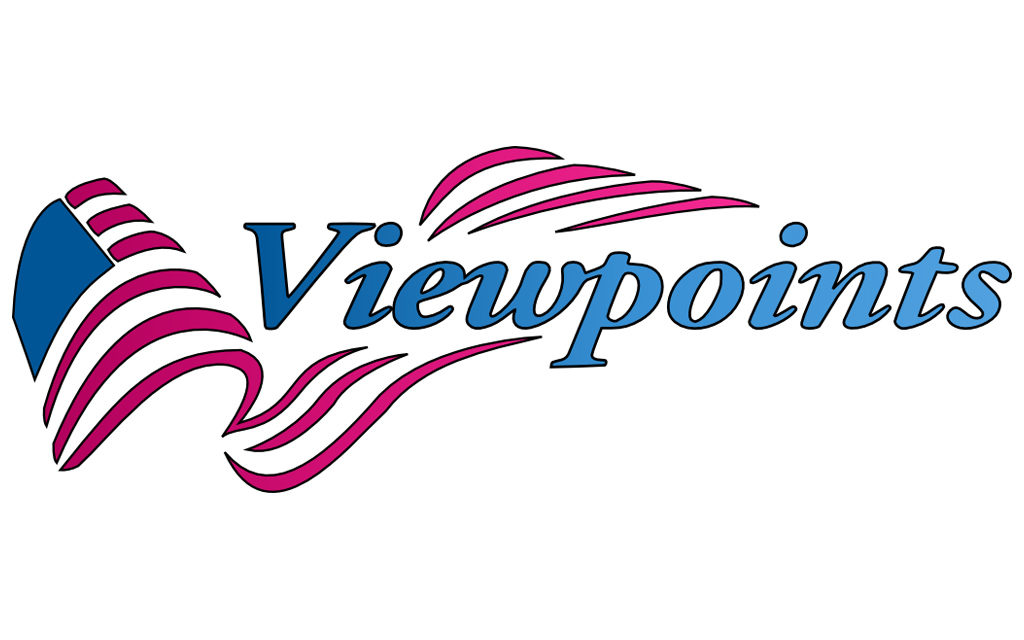By Quint Studer
The last few decades have been a whirlwind. Globalization has redrawn boundaries we’ve long lived by and counted on. Technology has transformed everything about how we work, shop, and even socialize. There’s turmoil on the political front. At times it’s easy to feel a little lost. But here’s the good news: When things get scary, we tend to get focused on what matters most.
In times of rapid change, it’s only human to seek a foothold. We look homeward. We forge deeper connections with our families, friends, and neighbors. No wonder so many of us are looking to revitalize and reinvent our communities.
Thomas Friedman addresses this subject in Thank You for Being Late. He quotes from a ballad by Brandi Carlile, “You can dance in a hurricane, but only if you’re standing in the eye.” The “eye” in this context is the local community. They provide a firm place to stand and find stability while all this change is swirling around us.
I agree with Friedman. In the midst of uncertainty and chaos, strong, functioning communities make us feel grounded, safe, and empowered. And it all begins with a vibrant downtown filled with thriving businesses; lots of places to eat, drink, and socialize; and plenty of fun things to do. Downtown is the living, breathing heart and soul of any healthy community.
In my work with cities, towns, and communities on revitalization efforts across the U.S., I’ve seen it firsthand: Downtowns are making a huge comeback. I’ve walked up and down many Main Streets with many leaders and citizens. I’ve seen “ghost town” areas slowly come back to life with the help of a vibrant downtown. And what I’ve come to believe is that Main Street is more than a collection of restaurants, shops, apartments, and office buildings. Main Street is our salvation. When we can get this piece right, it can change lives for the better.
To build a stronger America, we need to invest in our communities. We need to empower entrepreneurs, build a strong local business presence, and make sure leaders are well trained so they can succeed long-term. We need to improve our education systems. We need to improve civic IQs and get citizens engaged and excited. We need to change the conversation about what our communities can become. And—this is essential—we need to start by creating vibrant, walkable downtowns and thriving Main Streets. Here’s why:
Investing in Main Street encourages entrepreneurship and creates more small businesses. According to the U.S. Small Business Administration, small businesses create two out of every three net new jobs in the private sector. Plus, over half of all Americans own or work for a small business. Small business is the engine that powers communities.
When a business community is strong, its leaders can be galvanized to solve problems. These are the smart, influential people Jim Clifton, author of The Coming Jobs War, calls “tribal leaders.” They have social capital and know how to get things done. Plus, they have a personal interest in the community’s well-being.
It keeps young people at home and attracts talent. More and more young people are choosing small towns (for various reasons). This creates a great talent pool, which makes smaller towns attractive for entrepreneurs and all types of business investors.
It reconnects us on a human level. In a dehumanized age when so many people feel isolated, this factor is really important. Walkable main streets and good downtown programming bring people together. Trading face-to-face keeps the human interaction. This is a critical factor in creating a strong sense of community.
People see they really do have the power to change things. Once you get a few quick wins, the conversation changes. Citizens see it’s up to them (not government) to reinvent themselves. They suddenly get more optimistic and confident. They get more civic-minded and connected to one another. There’s a growing sense that we’re all in this together.
It makes us better people. Coming together as a community makes us more inclusive, more compassionate. Our neighbors’ problems become our problems. We’re more willing to give our time and resources to make the community better.
We need to invest in our Main Streets, downtowns, and communities because it’s where life happens. It’s where we work, play, laugh, cry, love, meet new friends, learn, and create. It’s home. And we have a human responsibility to make our home the best it can be—not just for ourselves and our families but also the friends and neighbors who live there too.
Quint Studer is author of Building a Vibrant Community: How Citizen-Powered Change Is Reshaping America and Wall Street Journal bestseller The Busy Leader’s Handbook: How to Lead People and Places That Thrive. He is founder of Pensacola’s Studer Community Institute, a nonprofit organization focused on improving the community’s quality of life, and Vibrant Community Partners, which coaches communities in building out a blueprint for achieving growth and excellence. Quint speaks and works with communities across the country, helping them execute on their strategic plans, create a better quality of life, and attract and retain talent and investment. He is a businessman, a visionary, an entrepreneur, and a mentor to many. He currently serves as Entrepreneur-in-Residence at the University of West Florida and as Executive-in-Residence at George Washington University. For more information, please visit www.thebusyleadershandbook.com, www.vibrantcommunityblueprint.com, and www.studeri.org.




